|
Photo: North Gate taken by Dr. Hocquard around 1884-1885. Surrounding the citadel is a wide moat with a bridge leading to the gate. At this time, there were bullet marks from French gunboats firing at the citadel in 1882. |
Along Phan Dinh Phung Street, shaded by green trees, Bac Mon - one of the few remaining parts of the old Thang Long citadel - still stands tall, majestic, and quiet with two French cannonball marks marking a time when the Imperial Citadel was submerged in the fire of invaders. Bac Mon (North Gate) was built by the Nguyen Dynasty in 1805 on the foundation of the North Gate of the Le Dynasty in the style of a watchtower - the upper part of the tower and the lower part of the citadel, 8.71m high, 17.08m wide, with walls 2.48m thick.
The upper part of the tower was built with a wooden frame in the eight-roof style, covered with Vietnamese tiles, and had doors facing four directions. Rainwater from the watchtower was drained down through two stone gutters.
Standing on the citadel gate, the army could have a panoramic view of the inside and outside of the citadel, easily observing the movements of the enemy formation. Therefore, when capturing Hanoi citadel, the French army still used the upper floor of the North Gate as a guard tower.
Currently, the upper floor of the citadel gate has been partially restored and is dedicated to the worship of the two Governors of Hanoi - Nguyen Tri Phuong and Hoang Dieu - who committed suicide because they could not defend the citadel against the destructive power of the French army.
Many people still regularly go to the North Gate watchtower to burn incense in memory of the two heroic men - the people whose names were respectfully given to the two modern roads running on the left and right sides of the ancient citadel.
The citadel was built very solidly with stone and brick, the foot of the embankment was made of stone, the gate was also arched with bricks, arranged horizontally with one brick placed vertically. The bricks used to build the citadel were 35.5cm x 10cm x 12cm in size. The footing stones were from 38 to 86cm in length.
The edge of the gate is a rectangular stone embankment, the upper border is made of stone decorated with lotus flowers. The two restored wooden gates have a total area of 24 square meters, weigh about 16 tons, and run on bronze wheels weighing about 80 kg. Outside above the gate are three Chinese characters carved in stone: "Chinh Bac Mon", the border is decorated with flower vines.
North Gate today - Photo: Chinhphu.vn
According to historical data and documentary photos taken from the time when Hanoi citadel was not yet destroyed, on both sides of the North Gate inside the citadel wall there was a path leading up to the watchtower built of bricks in a triangular shape.
In front of the North Gate is a brick bridge spanning a moat about 20m wide surrounding the citadel. Observing with the naked eye, one can see that the current location of the moat in front of the North Gate is a lawn, sidewalk and part of Phan Dinh Phung street.
Some people believe that the bridge across the moat to the North Gate is a solid brick bridge, not a suspension bridge, so the moat does not have a defensive purpose. However, many other opinions believe that although the bridge to the citadel is not a suspension bridge, the main defensive purpose of the moat surrounding the citadel is to help limit the enemy's approach to the citadel.
Although the North Gate was built by the Nguyen Dynasty, at the foot of this majestic gate are layers of citadel relics from previous dynasties, affirming the continuity in the thousand-year history of the Imperial Citadel.
In 1998, in the Bac Mon area, archaeologists found many architectural traces at a depth of 1.66m and 2.2m, including traces of sections of the wall built of stone and bricks from the Le Dynasty.
Today, Bac Mon has become an interesting tourist attraction for domestic and foreign tourists. Tourists can easily see that outside Bac Mon, there are still two cannonball marks left by the French when they used warships to attack Hanoi from the Red River in 1882.
The North Gate is not only a remaining relic of the Hanoi Citadel but also a testament to the heroic struggles of the Hanoi army and people in the early days against the French colonial invasion of Hanoi.
Source: https://baochinhphu.vn/bac-mon-luu-dau-thoi-gian-10233754.htm


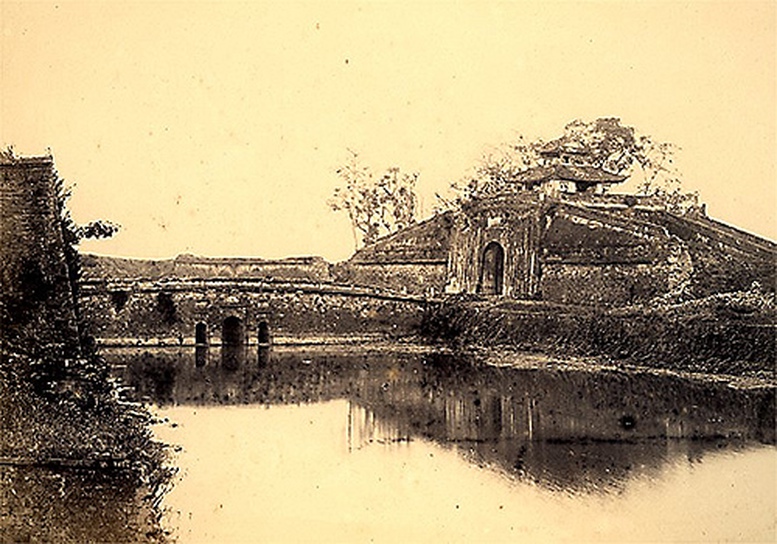

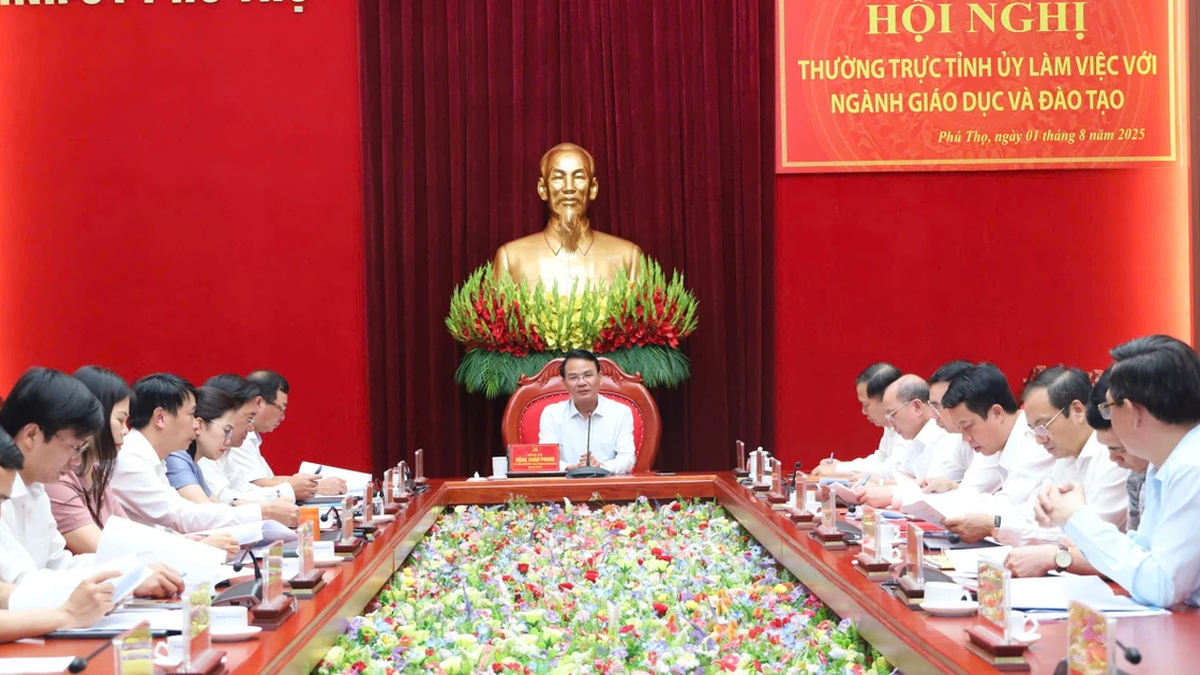


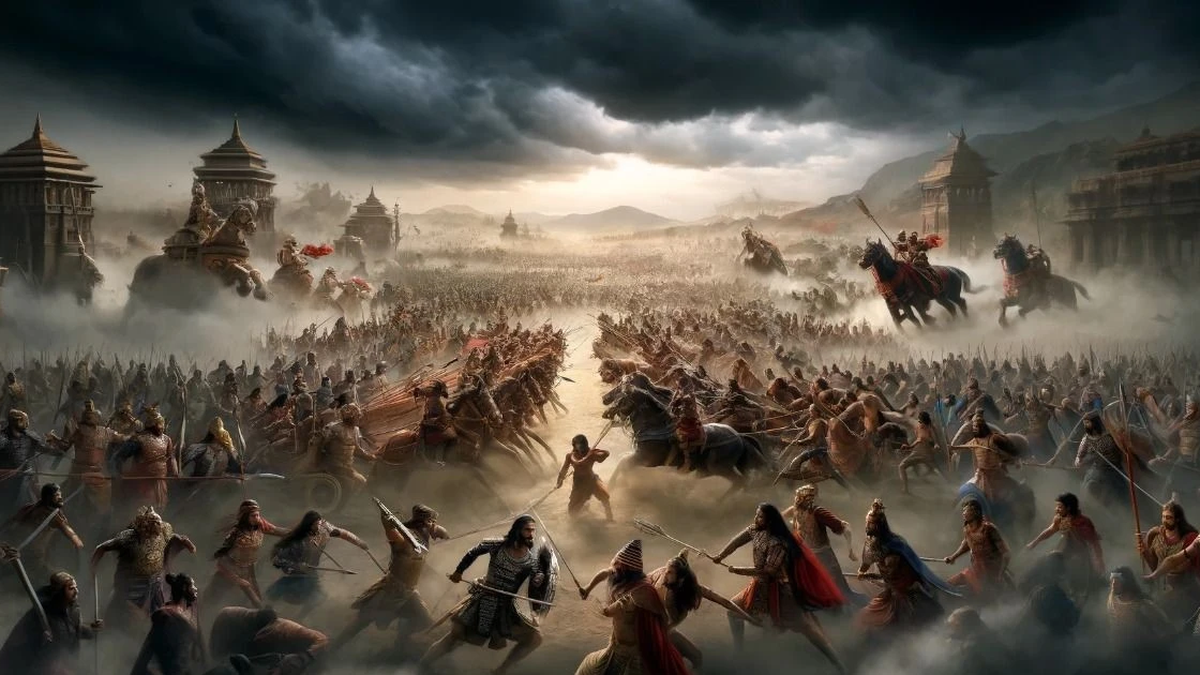



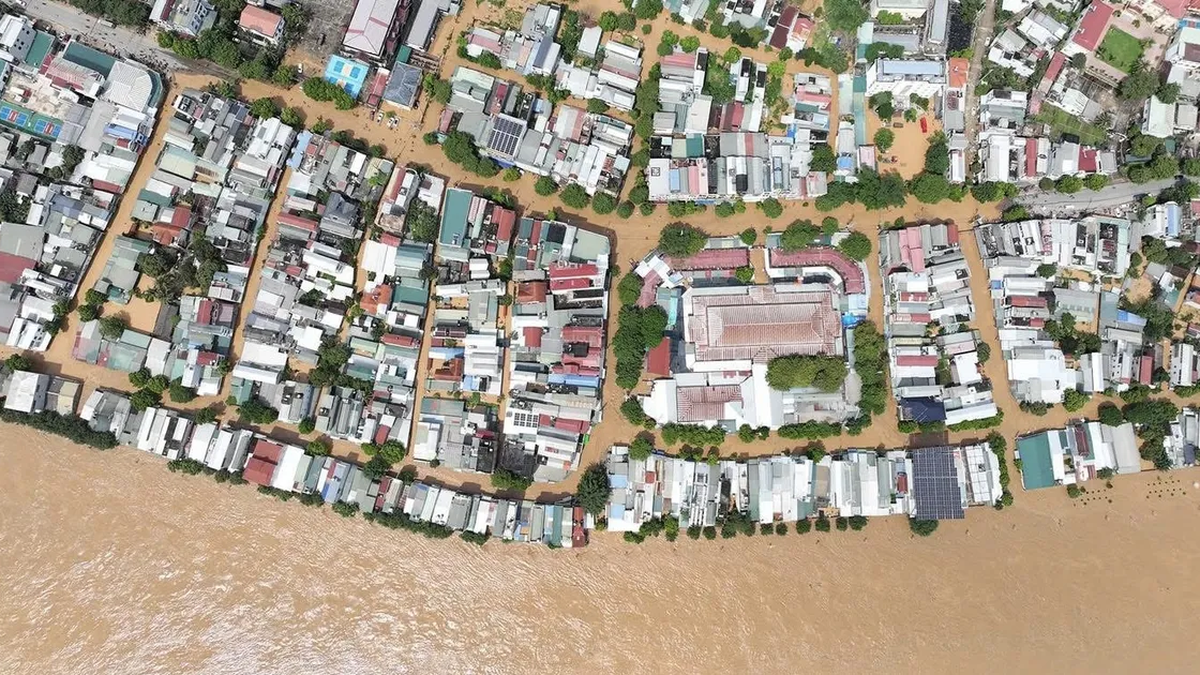
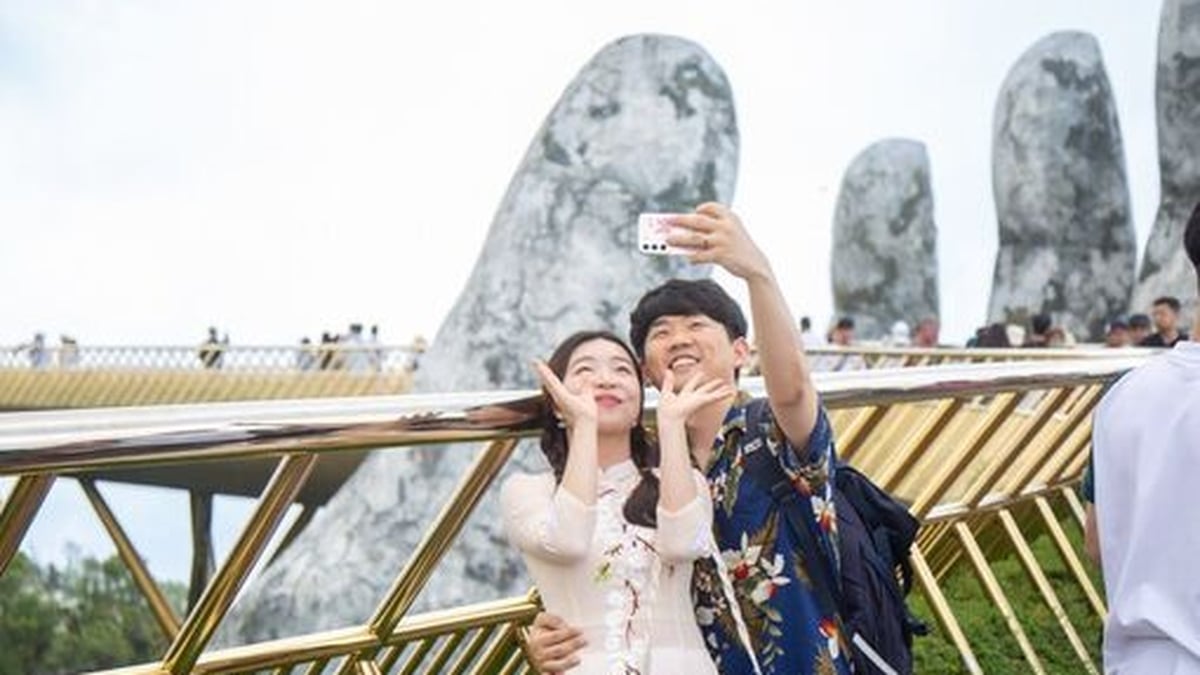
























































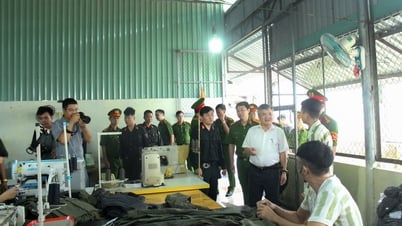






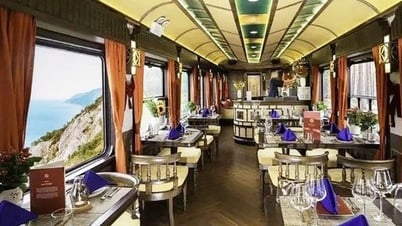




























Comment (0)